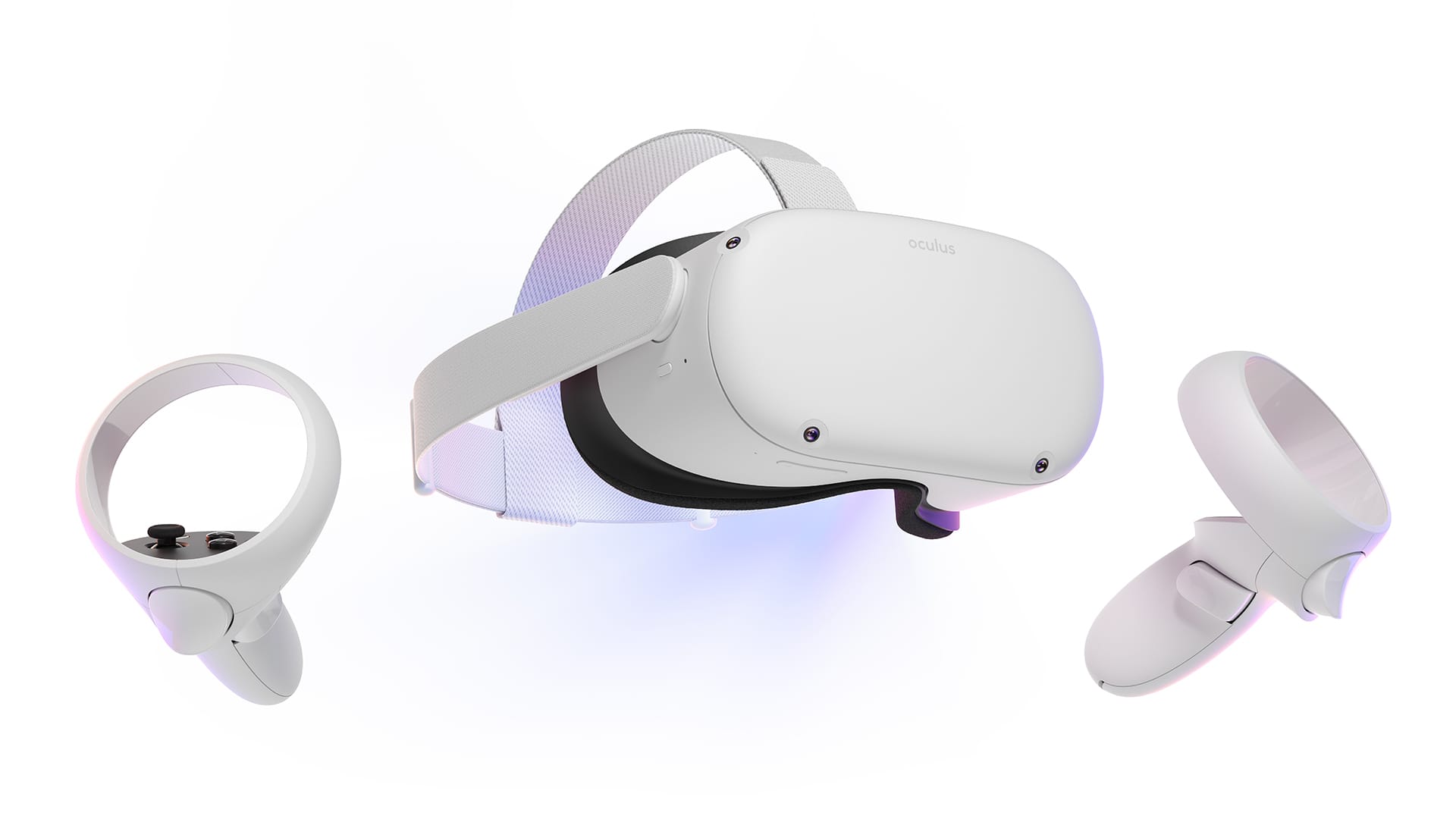Quest 2 now supports multimodal input, bringing it in line with Quest 3 and Quest Pro.
Since February, shipping Quest apps have been able to use hand tracking and either Quest 3 or Quest Pro controllers simultaneously, a feature Meta calls Multimodal. That included Quest 2, but only with Pro controllers, not its default Touch controllers – until now.
With the release of v68 of the Meta XR Core SDK, multimodal mode now supports the default Touch controllers on Quest 2 too. This means all currently supported Meta headsets now support the feature, which could encourage developers to support it. To date, almost no shipping Quest apps currently support multimodal.
Multimodal Input
Since the launch of Hand Tracking four years ago it has always been possible to build Quest apps that support both hand tracking and controllers, where you pick up or set down your controllers to switch between the two modes at any time. But there’s a delay between switching modes, and of course in hand tracking mode the controllers disappear and stop tracking.
With Multimodal, controller tracking instead continues. There is an instantaneous transition between input types. But more importantly, multimodal enables mixing hands and controllers. This should allow one-controller games like GOLF+ and Walkabout Minigolf to track your other hand, for example, if the developers of those games implement this feature.
The controllers could theoretically also be attached to objects or body parts to act as generic trackers, if developers want. This would work a lot better with Touch Pro controllers than with regular Touch controllers though, given they would often be occluded from the headset’s view.
Multimodal can’t be enabled alongside certain other features though, such as Inside-Out Body Tracking, the hand tracking Fast Motion Mode and new Wide Motion Mode, and tracked keyboards. Developers will have to choose between it and them.





